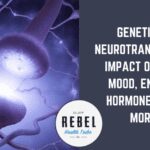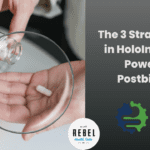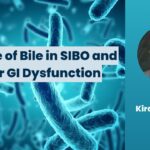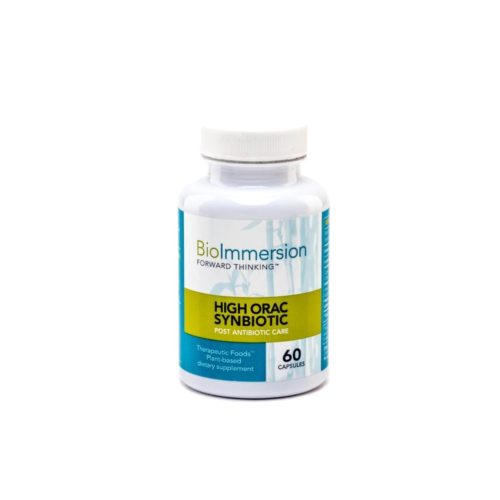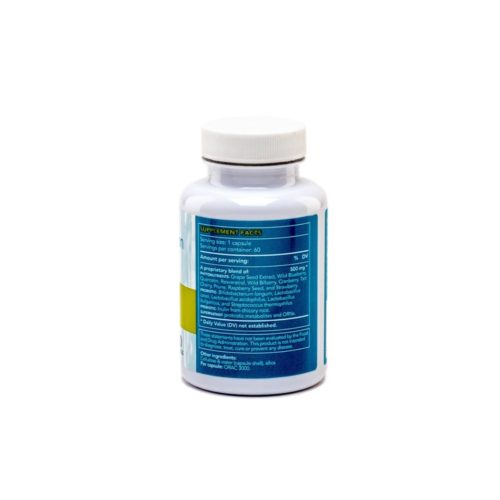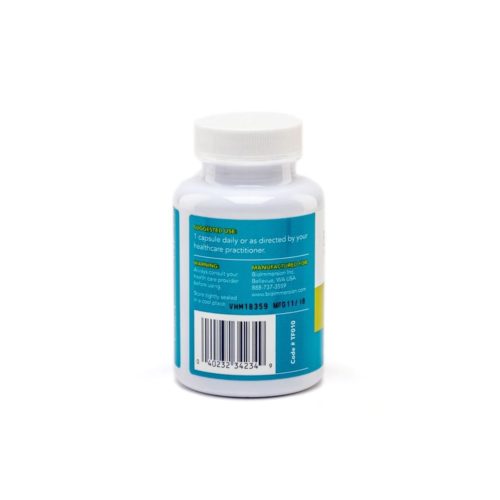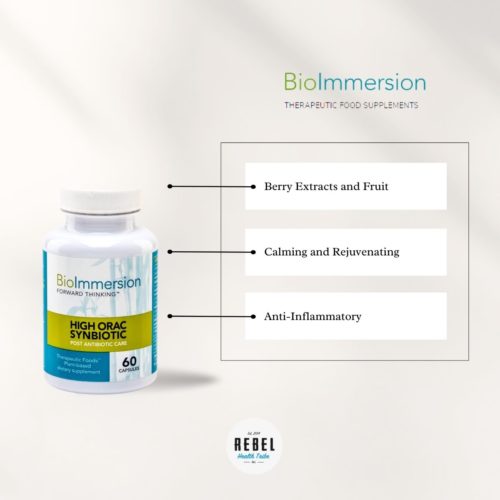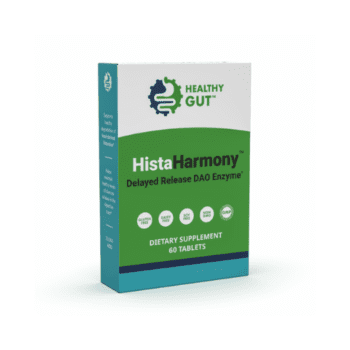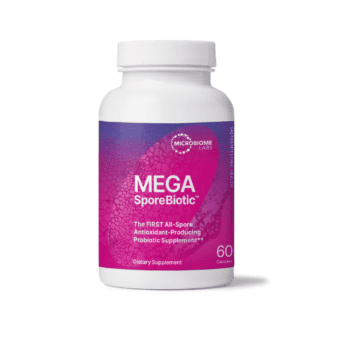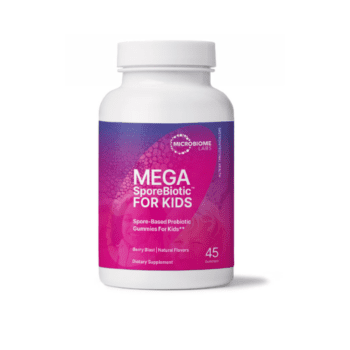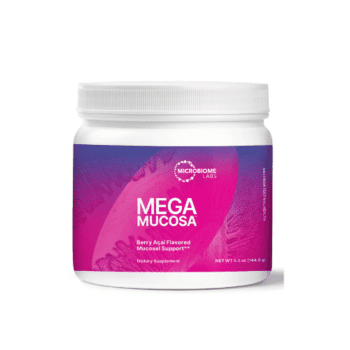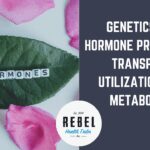
FAST DELIVERY
FREE SHIPPING OVER $150
90 DAY RETURN POLICY
HIGH QUALITY PRODUCTS ONLY
Product SKU:
BI-ORACSYN
Product Categories: Supplements, Gut Microbiome & Digestion, Probiotics
Brand: BioImmersion
Description
The High ORAC Synbiotic by BioImmersion: Forward Thinking ™ is designed to manage changes of the microbiome in the GI Tract following antibiotic care. This formula is designed to help ease the uncomfortable symptoms and inflammatory responses that might follow antibiotic treatments. Antibiotics manage a variety of infections, but in the process, antibiotics change the balance of the microbiota community in the GI tract, which can cause yeast and fungal overgrowth, and allow a host of other pathogenic organisms to flourish. Constipation, diarrhea, yeast infections, bloating, itching and burning are just some of the uncomfortable effects.
Features / Benefits:
- No fillers, flowing agents or excipients of any kind.
- Vegan
- Kosher
- Non GMO
- Gluten Free.
- Berry Extracts and Fruit
- Calming and Rejuvenating
- Anti-Inflammatory
The High ORAC Synbiotic formula is renowned as a comprehensive post-antibiotic care.* Antibiotics manage a variety of infections, but in the process, antibiotics change the balance of the microbiota community in the GI tract, which can cause yeast and fungal overgrowth, and allow a host of other pathogenic organisms to flourish. Constipation, diarrhea, yeast infections, bloating, itching and burning are just some of the uncomfortable effects. This product offers a perfect combination of BioImmersion’s Super Blend of naturally occurring whole probiotics with a rich complex of concentrated plant polyphenols that serve as a potent post-antibiotic care with anti-microbial, anti-oxidant, as well as exquisite anti-inflammatory and calming properties.
ORAC: 40,000ppm of Total ORAC (Oxygen Radical Absorbent Capacity), the highest on the market. Super Blend Probiotic: 30 billions CFU per gram of our pedigreed probiotics with their Supernatant metabolites and ORNs (microRNAs).*
For further reading, see also the research tab of the No 7 Booster by BioImmersion.
The High ORAC Synbiotic is Vegan, Kosher, Non GMO, and Gluten Free.
Complimentary Products
-
If you get fatigued, flushed, or foggy after eating, HistaHarmony, DAO (Diamine Oxidase) enzyme may...
-
MegaSporeBiotic™ is a 100% spore-based, broad-spectrum probiotic shown to be effective in promoting gut health....
- Select options This product has multiple variants. The options may be chosen on the product page
-
MegaSporeBiotic™ Gummies are a 100% spore-based proprietary probiotic blend that supports a healthy gut microbiome...
-
MegaMucosa is the first complete mucosal support supplement of its kind, formulated to support a...
Reviews

Read More
"I have tried several probiotics. I have been using MegaSporeBiotic for 8 months now and I have seen an improvement in my skin. During the pandemic, I suffered from hormonal breakouts and some from wearing masks. After trying a lot of topical solutions, I was advised to focus on gut health. "

Read More
"This product is not an option at my house, but a staple!. My personal opinion is, this is an amazing product, this company has many other great products that WORK and if you give this a try, after the first jar, you will not be sorry and you will so glad you did!"

Read More
"This made a huge difference in my gastrointestinal system. I went from nearly daily pain in my abdomen and upset bowels two or three times a week, to normal. This stuff is amazing for me. I bought this to help heal my leaky gut. I have been working on this for a year and finally this product sealed the deal! I finally healed my gut and no longer have my food sensitivities."
Previous
Next
*THESE STATEMENTS HAVE NOT BEEN EVALUATED BY THE FOOD AND DRUG ADMINISTRATION. THESE PRODUCTS ARE NOT INTENDED TO DIAGNOSE, TREAT, CURE OR PREVENT ANY DISEASE.

